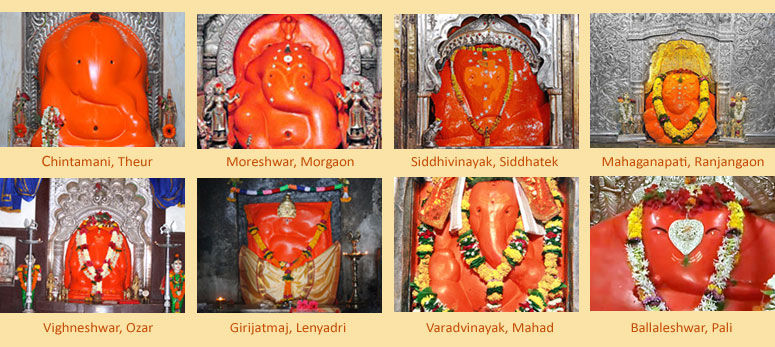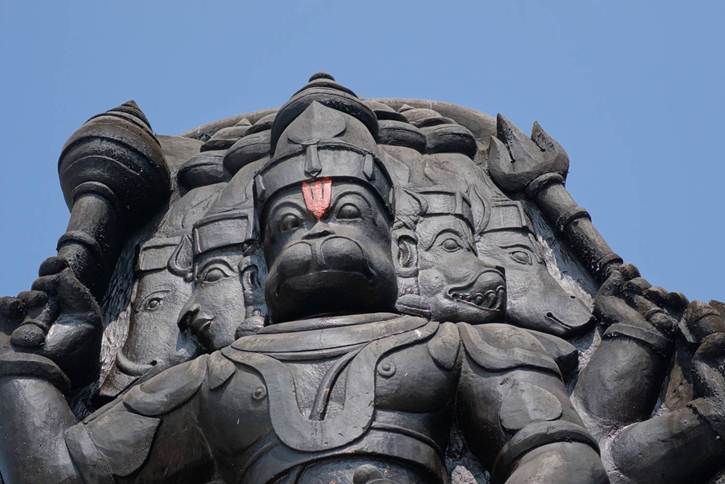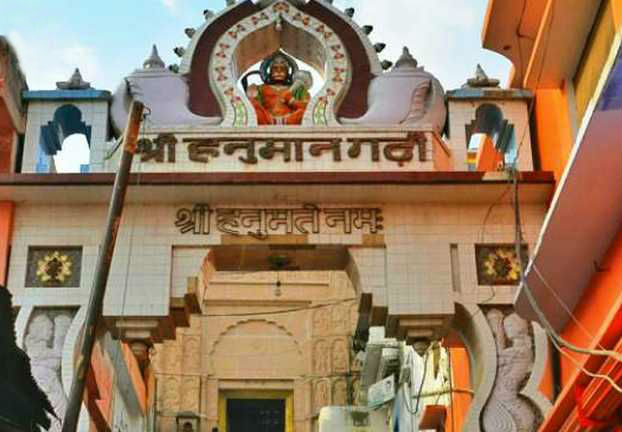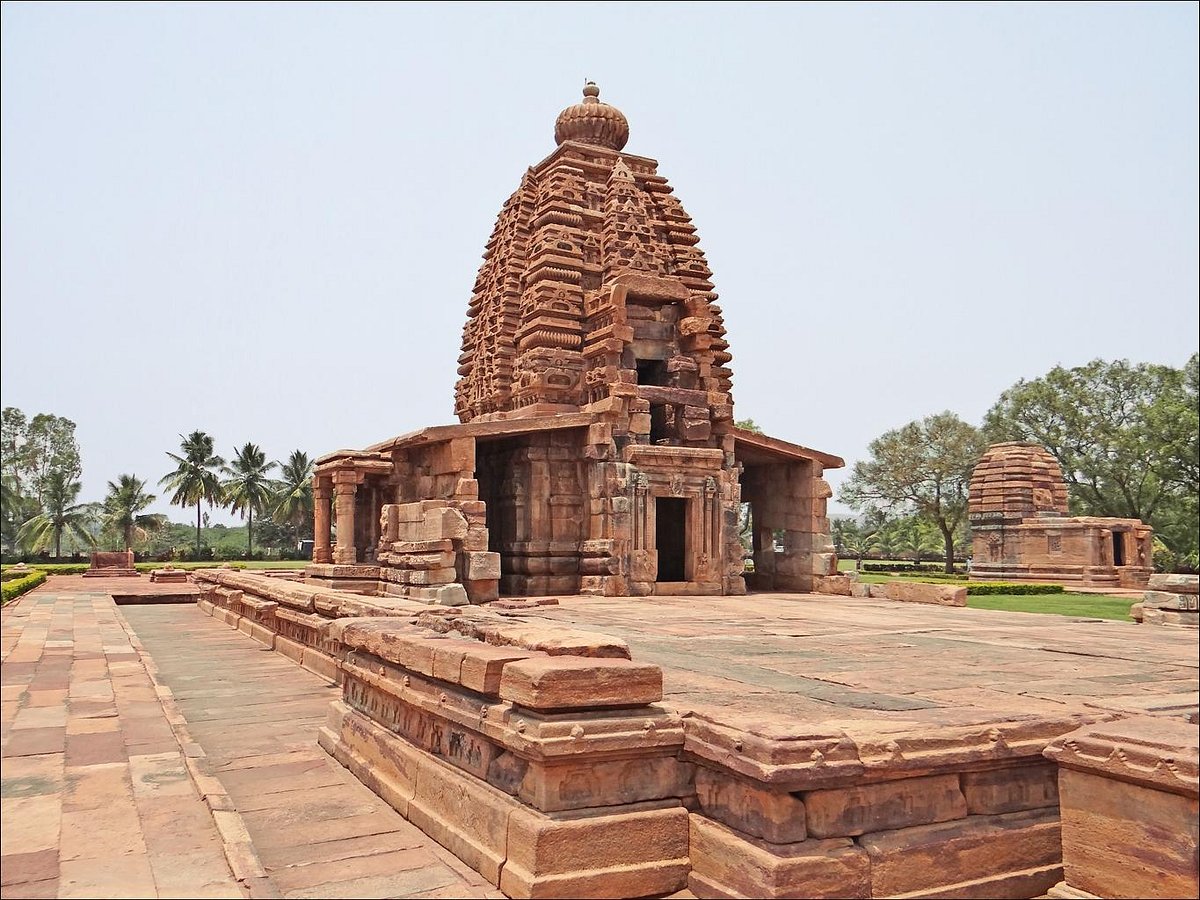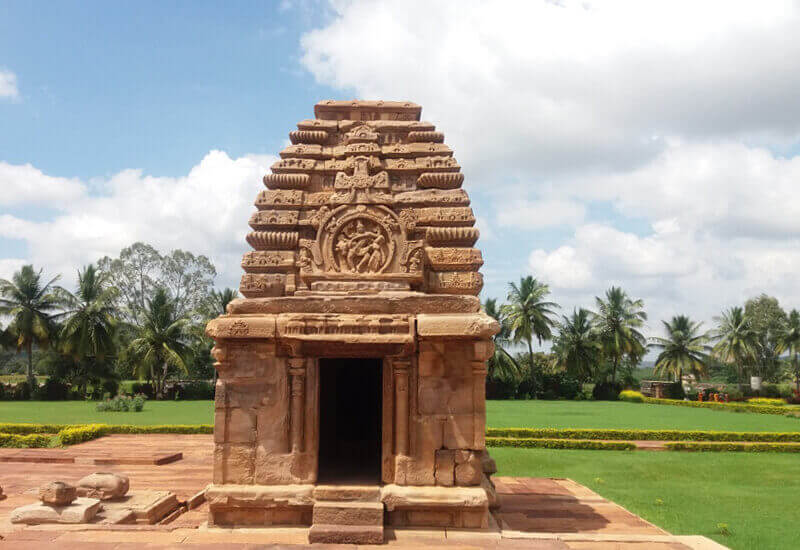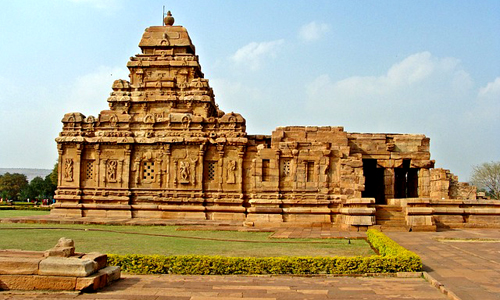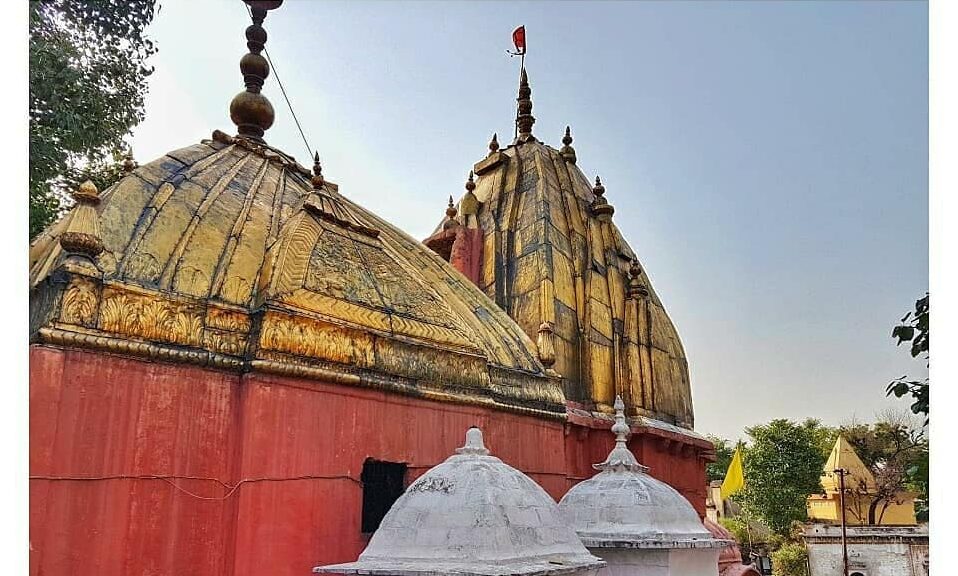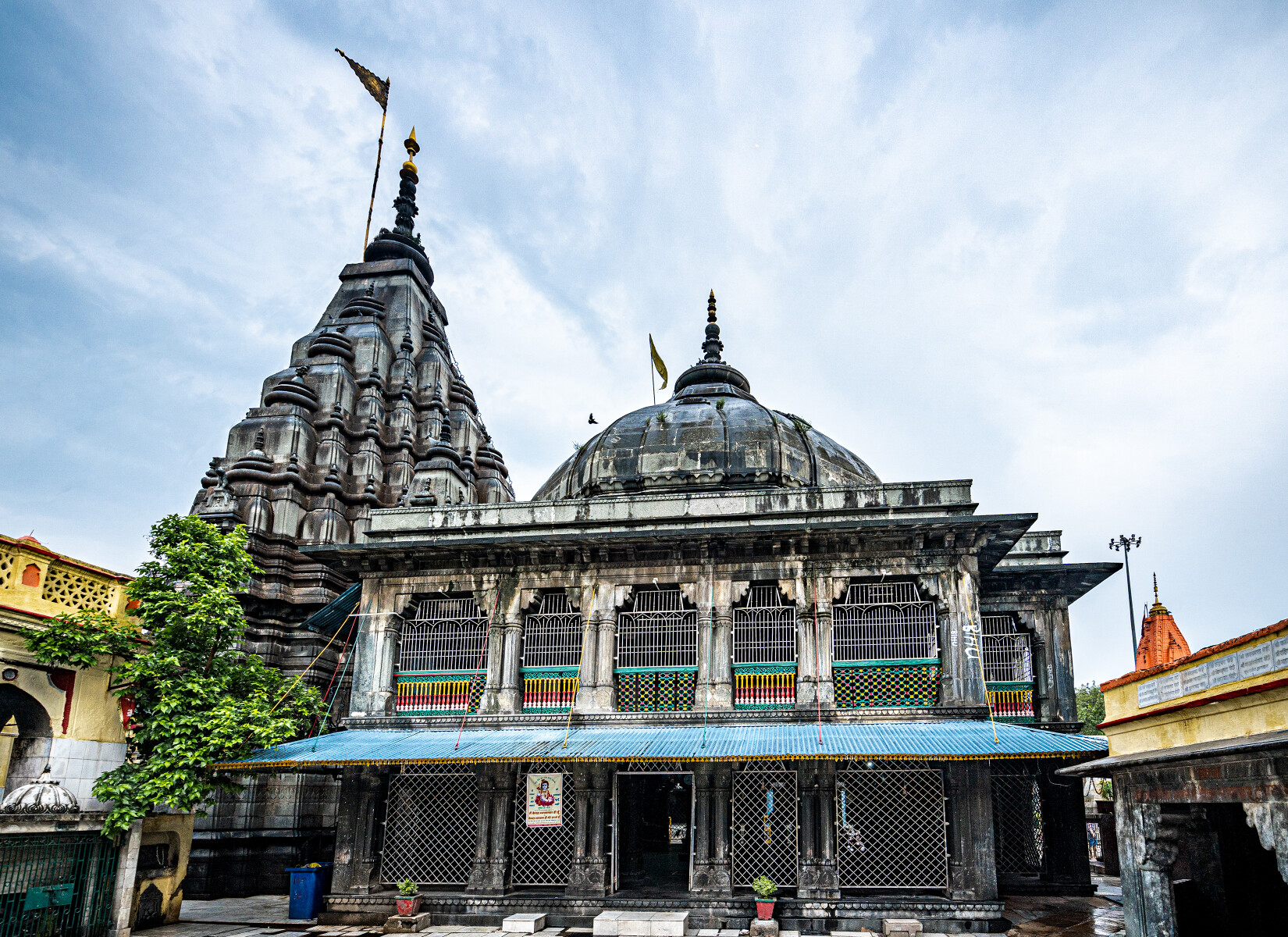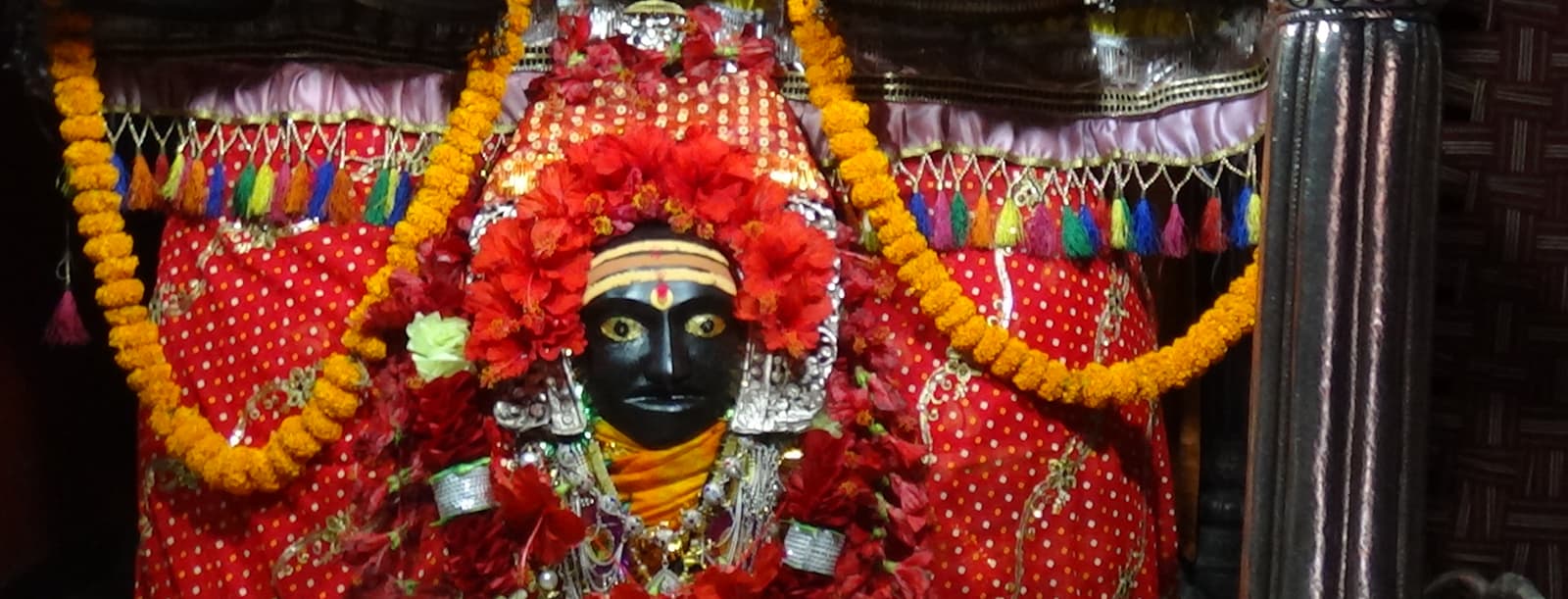Maharashtra: Ashtvinayaka, a revered pilgrimage circuit in Maharashtra, India, involves visiting eight sacred temples dedicated to Lord Ganesha, the elephant-headed deity widely worshipped as the remover of obstacles and the god of wisdom and prosperity. Situated across the state, these temples form an important part of Hindu religious tradition, attracting thousands of devotees and tourists each year. Each of the eight temples has its own distinct history, significance, and stories, making the Ashtvinayaka Darshan (the journey to the eight Ganesha temples) a unique spiritual and cultural experience.
The Significance of Ashtvinayaka
The term “Ashtvinayaka” is derived from two words: “Ashta” meaning eight, and “Vinayaka,” one of the many names of Lord Ganesha. The temples are scattered across the Pune and Raigad districts of Maharashtra and are traditionally visited in a specific order for the complete pilgrimage experience. The Ashtvinayaka Darshan holds great religious significance for devotees, as it is believed that visiting these eight temples can grant divine blessings, remove obstacles from life, and bring prosperity and good fortune.
The journey to the Ashtvinayaka temples is seen as both a spiritual pilgrimage and a cultural exploration. It is not only an important religious practice but also an opportunity to witness the rich history and architectural beauty of each temple, as well as to learn the fascinating myths and legends associated with Lord Ganesha.
The Eight Temples of Ashtvinayaka
- Moreshwar (Morgaon) Temple
The first temple of the Ashtvinayaka circuit, located in Morgaon, is dedicated to Lord Ganesha in his form as Moreshwar, the god with a peacock. It is believed that this temple is where Ganesha defeated the demon Sindhu. The idol here is one of the few with a peacock sitting next to Ganesha, symbolising the deity’s connection to nature. - Siddhivinayak (Siddhatek) Temple
Situated on the banks of the river Bhima, this temple is dedicated to Siddhivinayak, the Ganesha who grants spiritual success. The legend states that the demon Murasura, who was tormenting the gods, was defeated by Lord Ganesha here. The idol is unique in that it faces east, unlike most other Ganesha idols that face west. - Ballaleshwar Temple
Located in the village of Pali, the Ballaleshwar temple is dedicated to Lord Ganesha in the form of Ballaleshwar, a devotee of the deity who was blessed with the ability to conquer all challenges. This temple is significant due to its historical connection with the Peshwa period. - Varadvinayak Temple
The Varadvinayak temple, located in the village of Mahad, honours Lord Ganesha in his form as Varadvinayak, the giver of boons. It is considered one of the oldest temples in the circuit and is particularly popular among devotees seeking blessings for success and prosperity. - Chintamani Temple
Located in the village of Theur, this temple is dedicated to Chintamani Vinayak, the deity who dispels mental worries and grants wisdom. According to the legend, Lord Ganesha here granted the wish of the sage Kashyapa, leading to the temple’s establishment. - Girijatmaj Temple
Situated in the town of Lenyadri, the Girijatmaj temple is carved into a mountain and dedicated to Girijatmaj, the son of Lord Shiva and Goddess Parvati. This temple is unique as it is located within a cave and is one of the most picturesque of the Ashtvinayaka temples. - Vigneshwar (Ozar) Temple
This temple, located in the village of Ozar, is dedicated to Vigneshwar, the remover of obstacles. According to legend, Lord Ganesha overcame the demon Vignasura at this site. The temple is known for its serene surroundings and grand structure. - Ranjangaon Temple
The last temple in the Ashtvinayaka circuit is located in Ranjangaon. This temple is dedicated to Mahaganapati, the “great Ganesha”, who is said to grant ultimate blessings to devotees. The temple is especially revered for its powerful aura and majestic setting.
The Rituals and Pilgrimage Experience
The Ashtvinayaka Darshan is often undertaken as a single journey, traditionally beginning with Moreshwar in Morgaon and proceeding through the other temples in a specific order. Pilgrims generally perform the following rituals at each temple:
- Ganapati Stotra and Vandana: Devotees recite prayers and mantras, most notably the “Ganapati Stotra,” to seek blessings and remove obstacles.
- Prayers for Prosperity: Many devotees visit to pray for personal and financial success, invoking Lord Ganesha’s blessings for wisdom and knowledge.
- Offering Modaks: Modaks, the sweet dumplings believed to be Lord Ganesha’s favourite, are often offered as a gesture of devotion.
- Kumkum and Turmeric Offerings: It is customary to apply kumkum (vermilion powder) and turmeric as part of the offerings to the deity.
The pilgrimage is not only a religious activity but also an opportunity for devotees to connect with their cultural heritage, experience the tranquillity of rural Maharashtra, and observe traditional practices and architecture. Many pilgrims undertake the journey by car or bus, though some prefer to walk between the temples, which can take several days.
History and Mythology of the Ashtvinayaka Temples
The origins of the Ashtvinayaka temples are steeped in mythology. According to popular beliefs, these eight idols were self-originating (“Swayambhu”) and were consecrated by the gods themselves. In some versions of the story, Lord Shiva is said to have installed the idols to appease Lord Ganesha, seeking his blessings for the success of the gods’ missions. The temples are believed to have been constructed and renovated by various rulers over the centuries, including the Marathas and the Peshwas.
The temples are also historically significant as they reflect the evolution of Hindu temple architecture. From the cave-temples of Lenyadri to the grand structures in Pali and Ozar, they showcase a diverse range of architectural styles influenced by local, regional, and dynastic variations.
Route Map and Sequence of the Ashtvinayaka Pilgrimage
The Ashtvinayaka pilgrimage follows a traditional, clockwise route, starting from Morgaon and ending at Ranjangaon. The sequence is traditionally followed in this order to ensure a balanced spiritual experience, with each temple representing a different aspect of life and devotion.
Here is the route map guide along with a breakdown of each temple stop:
- Moreshwar (Morgaon) Temple – Starting Point
- Location: Morgaon, near Pune
- Significance: The first and most important of the Ashtvinayaka temples, Moreshwar is where Lord Ganesha is said to have vanquished the demon Sindhu. This temple is believed to be one of the Swayambhu (self-manifested) temples of Ganesha.
- Distance from Pune: Approximately 85 km (1.5 hours by car)
- Rituals: Devotees begin their pilgrimage here with a prayer to remove obstacles and to seek blessings for success in life.
- Siddhivinayak (Siddhatek) Temple
- Location: Siddhatek, on the banks of the river Bhima
- Significance: Siddhivinayak is said to grant spiritual success. This temple is unique because the idol faces east, and it is here that Ganesha is worshipped in his most spiritual form.
- Distance from Morgaon: Approximately 50 km (1 hour by car)
- Rituals: Worshippers here pray for success in their spiritual and worldly endeavours.
- Ballaleshwar Temple
- Location: Pali, Raigad district
- Significance: This temple is dedicated to Ballaleshwar, a form of Lord Ganesha. According to legend, Ballal, a devotee, received divine blessings from Ganesha after he prayed for his help in overcoming difficulties.
- Distance from Siddhatek: Approximately 65 km (1.5 hours by car)
- Rituals: Pilgrims offer Modaks and perform the Ganapati Stotra to seek divine blessings and guidance.
- Varadvinayak Temple
- Location: Mahad, Raigad district
- Significance: Varadvinayak is said to fulfil all wishes and grant blessings for prosperity and welfare. The temple is one of the oldest in the circuit and is known for its historical association with the Peshwas.
- Distance from Pali: Approximately 24 km (45 minutes by car)
- Rituals: Devotees pray for the fulfilment of their desires and to secure divine grace.
- Chintamani Temple
- Location: Theur, Pune district
- Significance: Chintamani Vinayak is said to provide relief from worries and bestow wisdom upon his devotees. The temple here is associated with the legend of Ganesha granting the wish of the sage Kashyapa.
- Distance from Mahad: Approximately 40 km (1 hour by car)
- Rituals: Pilgrims meditate and offer prayers for inner peace and mental clarity.
- Girijatmaj Temple
- Location: Lenyadri, near Junnar
- Significance: This temple is unique as it is carved into a mountain cave. Girijatmaj is believed to represent Ganesha’s divine birth, as the son of Lord Shiva and Goddess Parvati.
- Distance from Theur: Approximately 50 km (1.5 hours by car)
- Rituals: Devotees climb up the steps to the cave temple to seek blessings for family well-being and spiritual growth.
- Vigneshwar (Ozar) Temple
- Location: Ozar, near Junnar
- Significance: Vigneshwar is revered as the Vighnaharta (remover of obstacles). The temple marks the place where Ganesha defeated the demon Vignasura.
- Distance from Lenyadri: Approximately 8 km (15 minutes by car)
- Rituals: Prayers are offered for the removal of obstacles in both spiritual and worldly matters.
- Ranjangaon (Mahaganapati) Temple – Ending Point
- Location: Ranjangaon, near Pune
- Significance: The last temple in the circuit is dedicated to Mahaganapati, the supreme form of Lord Ganesha. This temple is considered highly powerful and is said to bestow the ultimate blessings of success and prosperity.
- Distance from Ozar: Approximately 50 km (1 hour by car)
- Rituals: The final prayer at Ranjangaon is an expression of gratitude and thanksgiving for the divine blessings received during the pilgrimage.
Total distance: Approximately 400–450 km (dependent on starting point and route taken).
Duration: The Ashtvinayaka Darshan can typically be completed in 2 to 3 days by car, depending on the time spent at each temple. Most pilgrims opt for guided tours, which offer convenience and a deeper understanding of the temples’ historical and spiritual significance.

